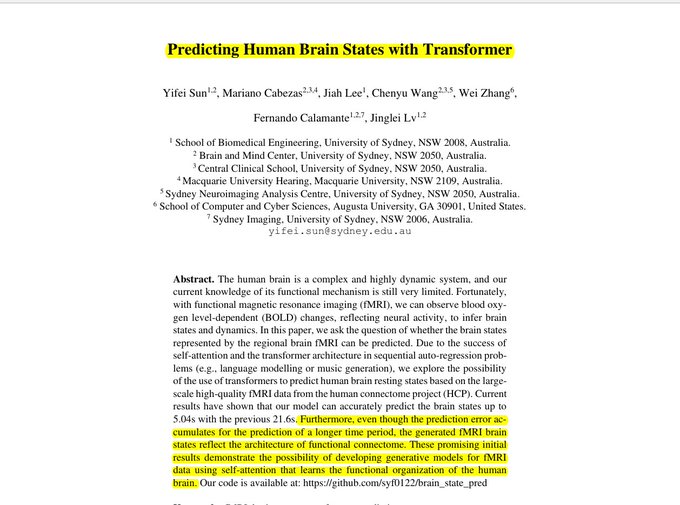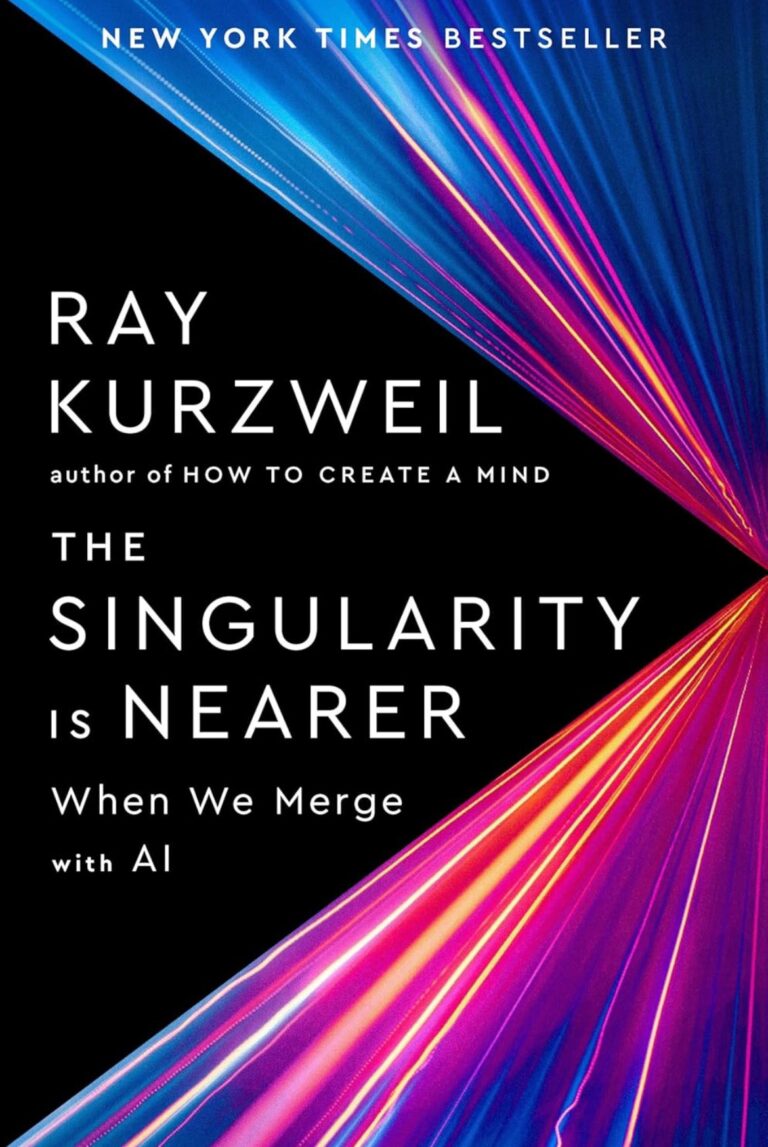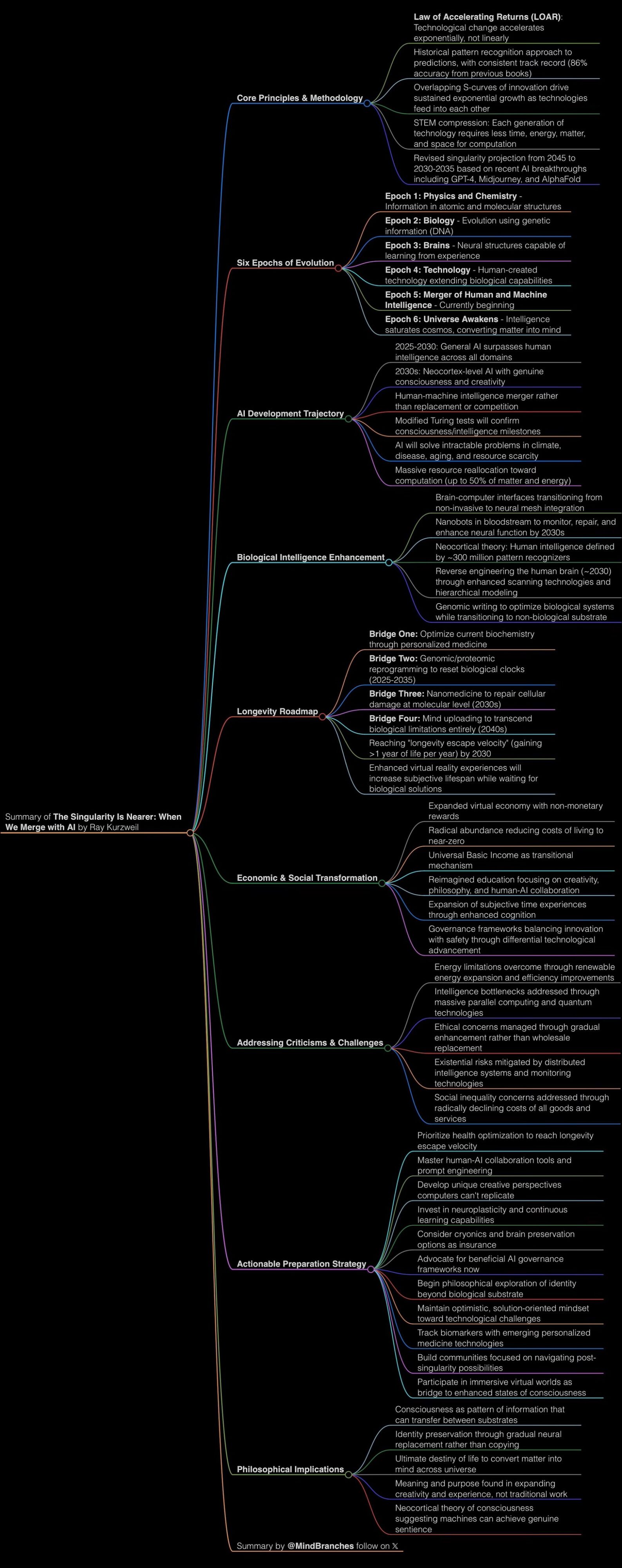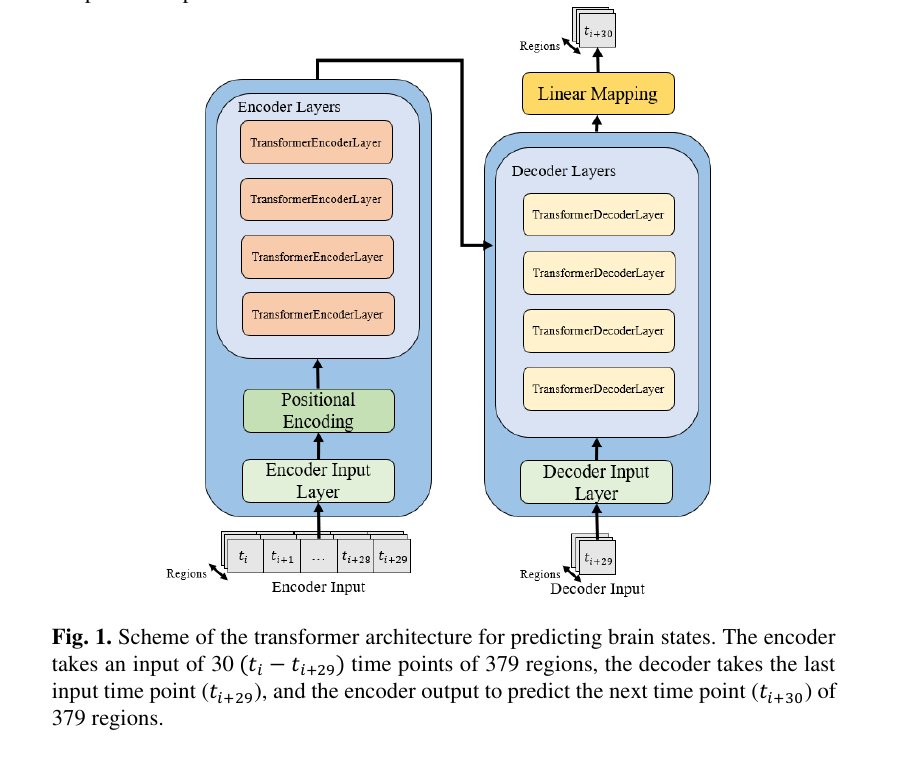
"BEINGON’s formally defined concept of an autonomous, contra-causal, EP-based free will—termed Advanced Free Will—can only be realized through advanced mind-meld technology, co-developed and co-operated with AI.
For the first time in both human history and story, this technology will enable purposeful and actionable transcendence. A symbiotic transcendence of limitless creative beingness—simultaneously independent while harmoniously integrated and integral with all that exists and can exist."

BRAIN TECH :: Related articles
Hal Puthoff & the Helmet that can induce Remote Viewing
The Hal Puthoff clip is from the YouTube video below:
January 18 2025 – Rare Multi-Subreddit AMA with Leslie Kean, Dr. Garry Nolan, Dr. Hal Puthoff, and Dr. Jim Segala
Just like self-driving cars, BCIs are control systems. High-fidelity simulations of motor cortex activity can speed up evaluation of neural decoders and enable optimization methods like reinforcement learning.
— Neuralink (@neuralink) January 17, 2025
Using our brain simulator, we’ve trained a reinforcement learning agent to maximize bits per second. Here is the RL policy converting brain data to cursor control in simulation: pic.twitter.com/i4QuCZRUwp
— Neuralink (@neuralink) January 17, 2025
We’re in the early stages of generative brain modeling, but Pager can already use decoders trained in simulation to acquire targets in the real world: pic.twitter.com/96DMht7nUd
— Neuralink (@neuralink) January 17, 2025
@ModdedQuad holds the BPS world record of 9.5 bits per second (bps). The challenge now: can this approach scale to 10 bps and beyond for our participants?
— Neuralink (@neuralink) January 17, 2025
– AI Engineer. Compiling real-time the race towards AGI
Your brain’s next 5 seconds, predicted by AI Transformer predicts brain activity patterns 5 seconds into future using just 21 seconds of fMRI data Achieves 0.997 correlation using modified time-series Transformer architecture —–
Original Problem: Predicting future brain states from fMRI data remains challenging, especially for patients who can’t undergo long scanning sessions. Current methods require extensive scan times and lack accuracy in short-term predictions. —–
Solution in this Paper: → The paper introduces a modified time series Transformer with 4 encoder and 4 decoder layers, each containing 8 attention heads → The model takes a 30-timepoint window covering 379 brain regions as input and predicts the next brain state → Training uses Human Connectome Project data from 1003 healthy adults, with preprocessing including spatial smoothing and bandpass filtering → Unlike traditional approaches, this model omits look-ahead masking, simplifying prediction for single future timepoints —–

Key Insights:
→ Temporal dependencies in brain states can be effectively captured using self-attention mechanisms
→ Short input sequences (21.6s) suffice for accurate predictions
→ Error accumulation follows a Markov chain pattern in longer predictions
→ The model preserves functional connectivity patterns matching known brain organization

Results:
→ Single timepoint prediction achieves MSE of 0.0013
→ Accurate predictions up to 5.04 seconds with correlation >0.85
→ First 7 predicted timepoints maintain high accuracy
→ Outperforms BrainLM with 20-timepoint MSE of 0.26 vs 0.568

Paper Title: "Predicting Human Brain States with Transformer"
— Rohan Paul (@rohanpaul_ai) January 17, 2025
Generated below podcast on this paper with Google's Illuminate. pic.twitter.com/1OUEbyMFAU
Podcast on this paper “Predicting Human Brain States with Transformer” from Google’s Illuminate; like NotebookLM but for scientific papers.
Here’s the main idea: This model takes a sequence of fMRI “snapshots” of the brain and tries to guess what the next snapshot will look like. It’s like predicting the next frame in a movie, but instead of visual frames, we’re dealing with brain activity patterns.
The encoder receives 30 time points, each a 379-value vector representing the activity of different brain regions. The encoder input layer embeds this data into a higher-dimensional space. Positional encoding then adds temporal information to the sequence.
Four encoder layers, each with multi-head self-attention and a feed-forward network, process the sequence, learning complex relationships between brain regions and time points. The decoder takes the encoder’s output and the last time point, embedding it via the decoder input layer. Four decoder layers then process this, incorporating the encoded sequence information. Finally, a linear layer maps the decoder’s output to a 379-value prediction of the next time point’s brain activity.
Original paper [Predicting Human Brain States with Transformer]: https://arxiv.org/abs/2412.19814v1
Original post: https://x.com/rohanpaul_ai/status/1880184389218496770
Brain stimulation effectiveness tied to learning ability, not age
Brain stimulation effectiveness tied to learning ability, not age
A study from EPFL reveals that the effectiveness of brain stimulation on motor skills is determined by an individual’s learning ability rather than age, highlighting the need for a more personalized approach to neurorehabilitation.
As we age, our cognitive and motor functions deteriorate, which in turn affects our independence and overall quality of life. Research efforts to ameliorate or even completely abolish this have given rise to technologies that show a lot of promise.
Among these is non-invasive brain stimulation: a term encompassing a set of techniques that can affect brain functions externally and noninvasively, without the need for surgery or implants. One such promising technique, in particular, is anodal transcranial direct current stimulation (atDCS), which uses a constant, low electrical current delivered via electrodes on the scalp to modulate neuronal activity.
However, studies exploring atDCS have produced inconsistent results, which has prompted researchers to explore why some people benefit from atDCS while others don’t. The problem seems to lie in our understanding of factors that may influence responsiveness to brain stimulation, leading to responders and non-responders; among these, age has been suggested as one important factor.
Some studies suggest further factors such as baseline behavioral abilities and previous training might be important considerations, but an interplay of these factors with behavior has not been determined in detail, pointing to the need of refined predictive models of the effects of atDCS.
Now, scientists led by Friedhelm Hummel at EPFL have identified an important factor affecting an individual’s responsiveness to atDCS. The team looked at how native learning abilities determine the effect of brain stimulation applied while learning a motor task. Their findings suggests that individuals with less efficient learning mechanisms benefit more from stimulation, while those with optimal learning strategies might experience negative effects.
The researchers recruited 40 participants: 20 middle-aged adults (50-65 years old) and 20 older adults (over 65). Each group was further divided into those receiving active atDCS and those receiving placebo stimulation.
Over ten days, participants practiced a finger-tapping task designed to study motor sequence learning at home while receiving atDCS. The task involved replicating a numerical sequence using a keypad, trying to be as fast and as accurate as possible.
The team then used a machine-learning model trained on a public dataset to classify participants as either “optimal” or “suboptimal” learners, based on their initial performance. This model aimed to predict who would benefit from atDCS, based on their ability to integrate information about the task efficiently early during training
The study found that suboptimal learners, who were seemingly less efficient at internalizing the task at the early stages of learning, experienced an accelerated accuracy improvement while performing the task when receiving atDCS. This effect was not limited to people of a certain age (e.g., older adults), with suboptimal learners being found among younger individuals as well.
In contrast, participants with optimal learning strategies, regardless of age, even showed a negative trend in performance when receiving atDCS. This difference suggests that brain stimulation is more beneficial for individuals who initially struggle with motor tasks. As such, atDCS seems to possess a restorative rather than an enhancing quality, with important implications for rehabilitation.
“By leveraging different methods in Machine learning, we were able to untangle the influence of different factors on the individual effects of brain stimulation,” says Pablo Maceira, the study’s first author. “This will pave the way to maximize the effects of brain stimulation in individual subjects and patients.”
The study implies that, in the long run, personalized brain stimulation protocols will be developed to maximize benefits based on an individual’s specific needs, rather than a common trait such as age. This approach could lead to more effective brain stimulation-based interventions, targeting specific mechanisms supporting learning, especially in the view of neurorehabilitation, for which the main basis is the re-learning of lost skills due to a brain lesion (e.g., after a stroke or a traumatic brain injury).
“In the future, clinicians could apply a more advanced version of our algorithm to determine whether a patient will benefit from a brain stimulation-based therapy, to enhance the effects of neurorehabilitation and personalize treatment,” says Hummel.
Their ambitious goal is to create an interface between the human brain and a quantum computer to measure potential changes in consciousness resulting from this interaction. The study (source) is published in the journal Entropy.
Consciousness defines what it means to be human, yet its mechanisms remain elusive. Scientists know that anesthetics can “turn off” consciousness, but how they achieve this is still unclear.
Two dominant theories attempt to explain consciousness: the Integrated Information Theory (IIT), which posits that consciousness arises from the integration of information, and the Global Workspace Theory (GWT), which suggests it emerges from the exchange of information across different parts of the brain.
In 1989, British mathematician and Nobel laureate Roger Penrose proposed an unconventional hypothesis linking consciousness to quantum entanglement. He argued that the human mind could solve problems that traditional computers cannot, hinting at underlying quantum processes.
For decades, his idea remained on the fringes of scientific inquiry—until evidence surfaced suggesting that microtubules in neurons might provide a stable environment for quantum entanglement.
Building on this foundation, a team of scientists led by Google’s Hartmut Neven has proposed an even more radical theory.
They suggest that consciousness may arise not from the collapse of a quantum superposition, as Penrose theorized, but at the moment of its formation. This opens the door to groundbreaking experiments that could potentially “extend” human consciousness by linking it to a quantum computer.
“We aim to establish a physical connection between the human brain and a quantum computer, enabling coherent interactions and mediating entanglement. If our hypothesis is correct, this connection could lead to a richer experience of consciousness,” explains Neven.
The researchers hypothesize that brain states interacting with a quantum computer would generate an extended quantum superposition, perceived as an enriched conscious experience.
However, implementing such an experiment poses significant challenges. It would require invasive procedures, raising ethical and practical concerns about its feasibility in the near term.
Undeterred, the team is also exploring alternative approaches, such as studying the effects of inert gases like xenon on consciousness. This direction may offer a less risky and more productive path for advancing our understanding of the enigmatic phenomenon of consciousness.






